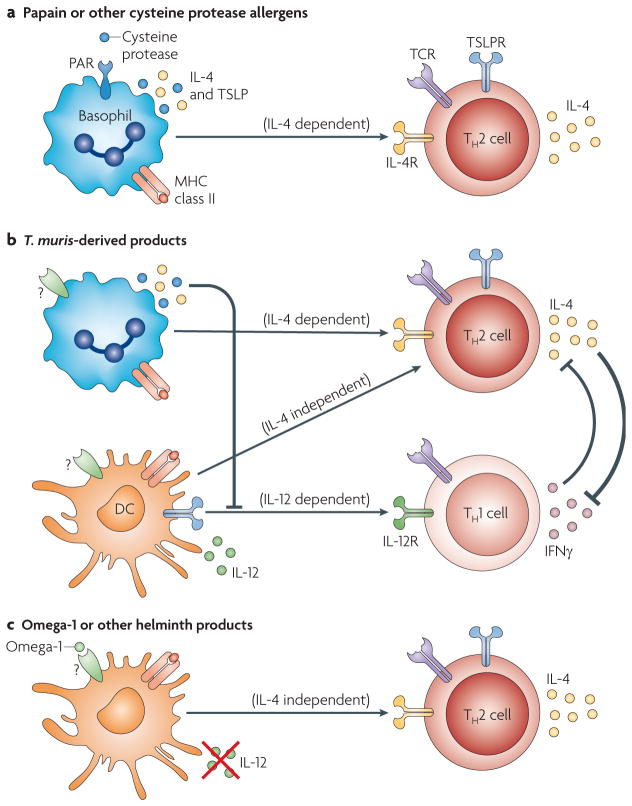Figure 3. Basophils and dendritic cells, functioning as antigen-presenting cells, are differentially involved in various TH2-type immune responses.
Both basophils and dendritic cells (DCs) are involved in the fate determination of naive CD4+ T cells through cytokine production and antigen presentation; however, the relative importance of these two cell types seem to be different in various models. a | In papain-induced (and possibly other cysteine protease allergen-induced) T helper 2 (TH2)-type responses, basophils seem to be crucial, whereas DCs are not essential. Interleukin-4 (IL-4) and thymic stromal lymphopoietin (TSLP), produced by activated basophils, are important for such TH2 cell differentiation. b | Different Trichuris muris-derived products may simultaneously activate basophils and DCs. Basophils are predominantly involved in TH2 cell induction, whereas DCs induce both TH1 and TH2 cell differentiation. TSLP produced by basophils may be required for suppressing IL-12 production by DCs, promoting the development of TH2 cell-inducing DCs and inducing IL-4 production by T cells. IL-4 produced either by basophils or T cells is also crucial for inhibiting interferon-γ (IFNγ) production in T cells and amplifying TH2-type responses. c | In some helminth infection models, helminth products including omega-1 can down-modulate the functions of activated DCs and suppress IL-12 production; therefore, IL-4-independent TH2 cell differentiation occurs without the involvement of basophils. TH2-type responses to Nippostrongylus brasiliensis do not require basophils, and such responses are both IL-4 and TSLP independent. PAR, protease-activated receptor; R, receptor; TCR, T cell receptor.

